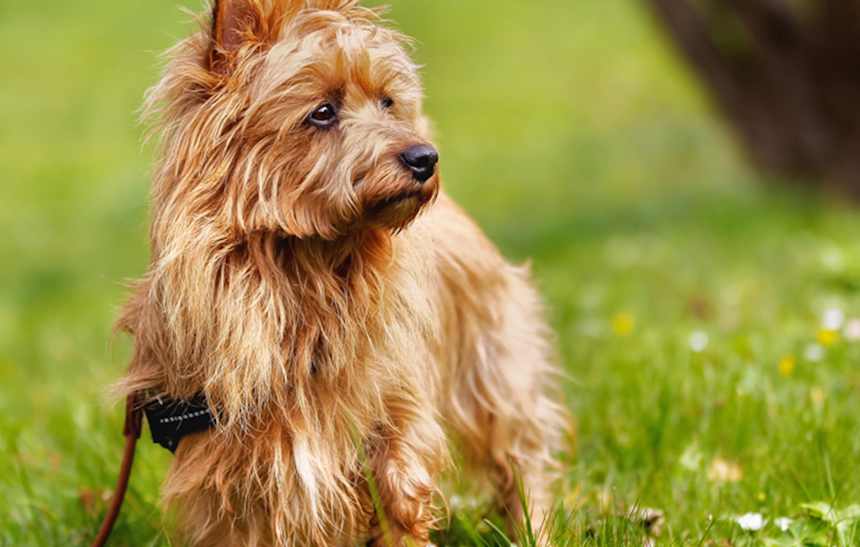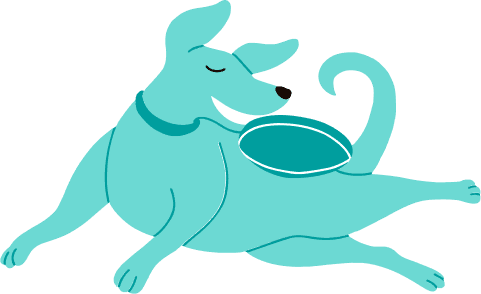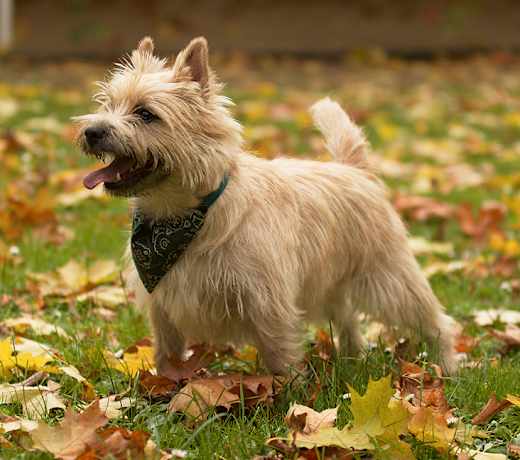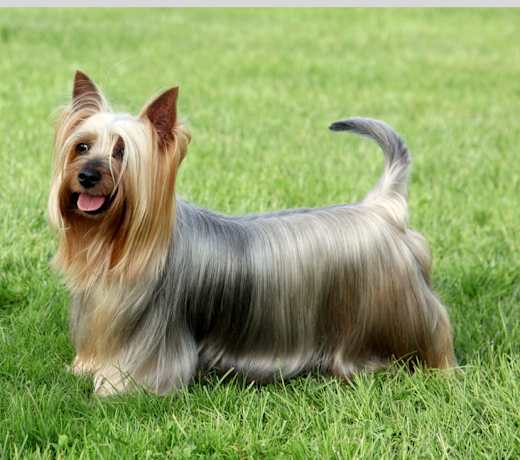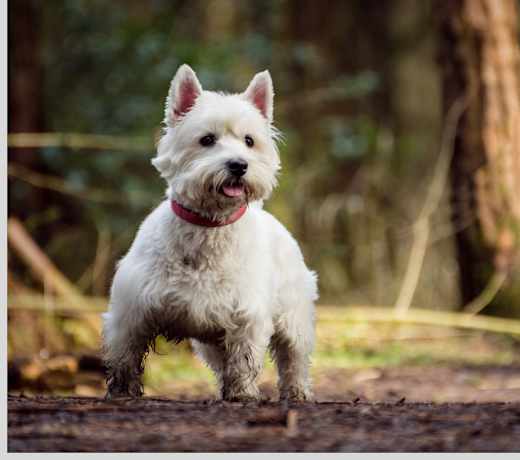Yes, Australian Terriers make good family dogs, especially for social households where people are often home. They’re known for their friendly, playful, and social nature, making them wonderful companions for both adults and kids. That said, as with any breed, it is recommended that children are always supervised when interacting with dogs to keep both safe. Teaching children how to properly approach and handle dogs is crucial to ensure positive experiences for both the dog and the child, as is teaching dogs how to interact gently with children.
These little dogs love being part of family activities, and they’re small enough to fit comfortably into any living situation, whether it’s a house with a big yard or a cozy apartment. It’s important to note that these pups were bred to dig as they hunted underground prey, so it’s best to support this innate desire for digging by providing a sandbox or mulch hill for them to enjoy.
Australian Terriers are adaptable to a range of living environments and do well in moderately active to high-energy households. These energetic little dogs enjoy all sorts of activities with their loved ones. They love playing fetch in the backyard, going for walks around the neighborhood, and exploring new places on family hikes. They’re also great at cuddling up on the couch for some relaxation time after a day of fun.
